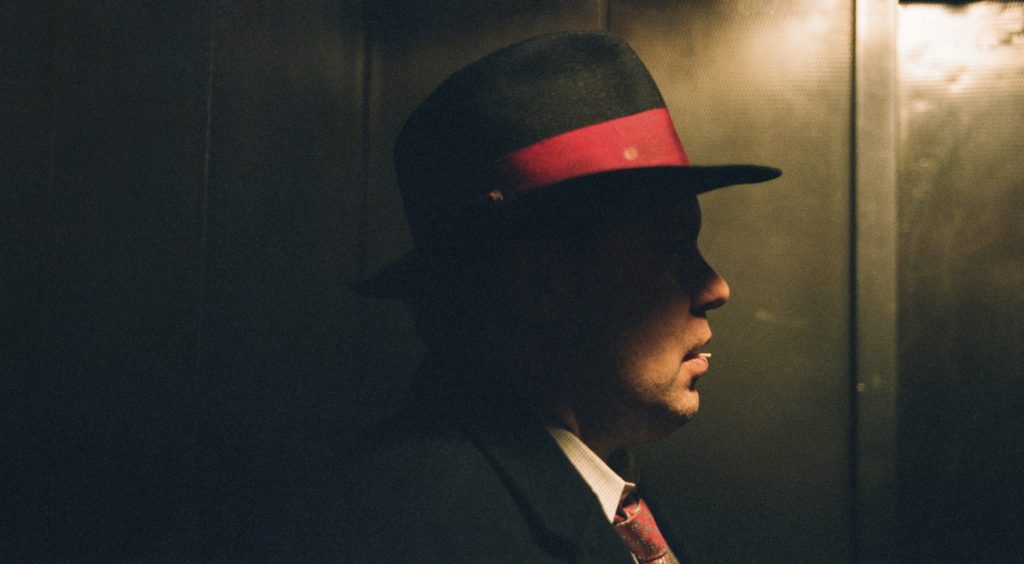You don’t see many trilbies these days. But those thinned-brimmed hats—the kind that evoke the heydeys of Humphrey Bogart and Frank Sinatra—are all over Homicide, Theo Wenner’s new photo book about an infamous police division in Brooklyn and the grisly crimes it tackles.
For fans of noir and pulp, the book offers many visual pleasures. Strewn throughout its pages are blood trails and bullet casings, bags of money and corpses covered in sheets. It feels like fiction, but has that added frisson of true crime: this is real.
But Wenner is no Weegee. His subjects aren’t the victims of heinous murders, nor the perpetrators; the focus of his lens is on the detectives who take on these cases. It’s a nuanced character study he’s after, a behind-the-scenes glimpse at the people so often mythologized on screen.
It doesn’t always seem like the detectives got that tip. Donning trench coats, sipping brown liquors and gnawing fat cigars, they look as if they’re about to step onto the set of a TV procedural or old film noir. It’s satisfying, at first, to see an archetype embodied in present-day real-life. But eventually, the effect becomes uncanny, then altogether disquieting. You can’t help but wonder, is this how these men—and they’re all men—naturally dress and act, or is there an element of performance at play?
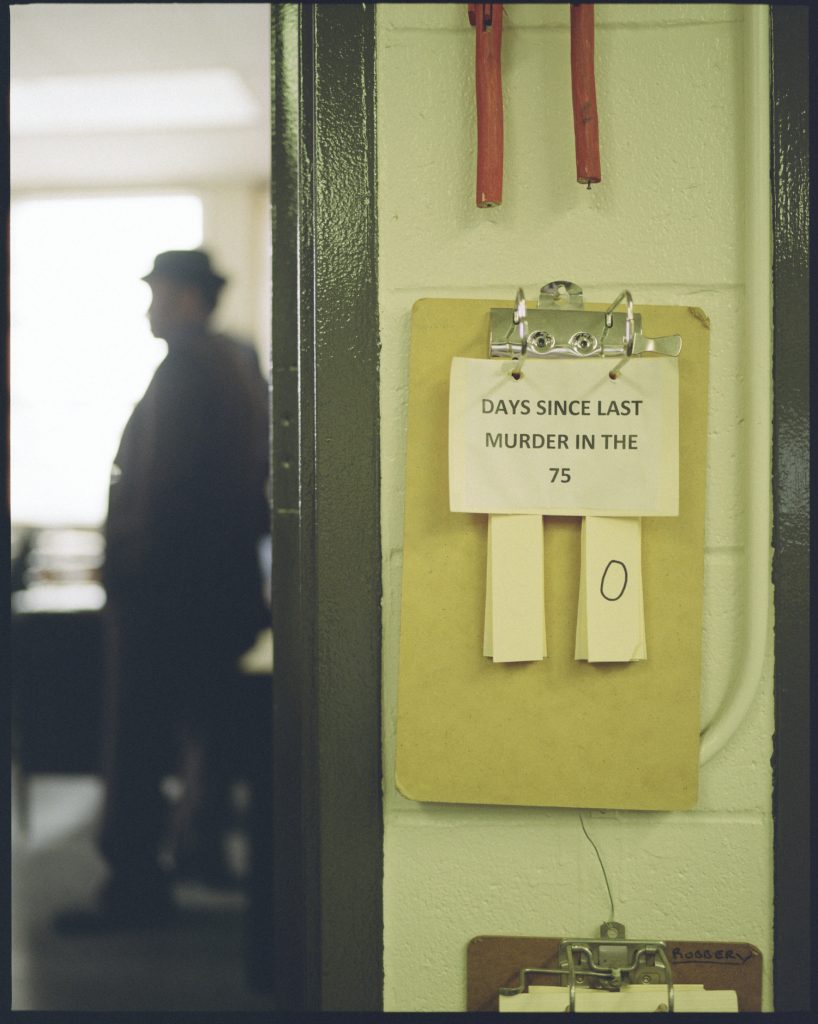
Photo: Theo Wenner. Courtesy of Rizzoli New York.
For the project, Wenner followed the homicide detectives of Brooklyn’s 90th Precinct, which has one of the highest murder rates in New York, for two years, making him the first photographer ever granted such access. Getting it wasn’t easy, Wenner recalled. His initial request went unanswered, then a follow-up was rejected.
“I was able to talk them through it and explain that this was not in any way a political statement,” he said. “This is just pure documentary.”
First, he was given strict instructions on who, what, and when he could shoot, and assigned a chaperone from the department—a “babysitter,” he said. But after becoming friendly with the department, they eased up on the restrictions.
Wenner also ditched the commercial gloss of the fashion and editorial work for which he’s best known, adopting instead a grimy style that’s well-suited the subject matter. Shots are often out of focus or blurry, blown-out or underexposed. A dense film grain permeates the whole thing.
“I just wanted to be true to what I was seeing,” he explained, and he tried to avoid “editing in a way [that might] tell the viewer to think one way or another.”
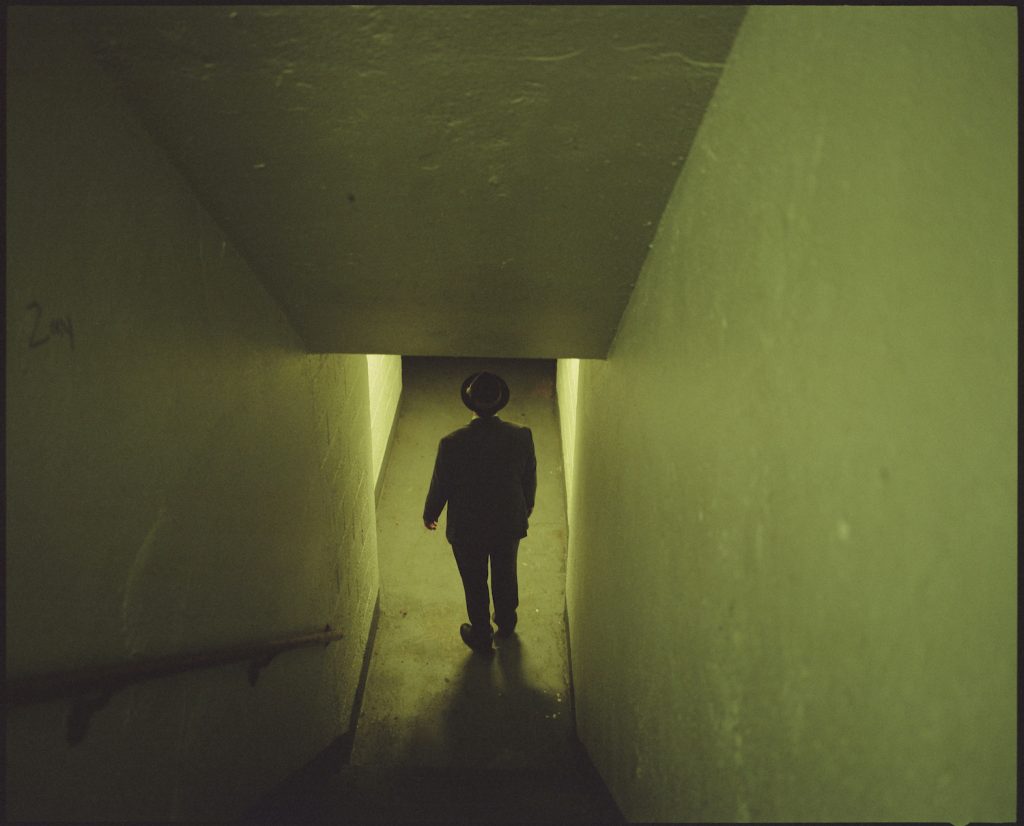
Photo: Theo Wenner. Courtesy of Rizzoli New York.
Still, he has an eye for the cinematic, honing in on details like a charred ashtray in an interrogation room, or a pair of Air Jordans specked with blood on a linoleum floor. In multiple shots, detectives are backlit by the warm glow of sodium vapor lamps and framed by descending staircases. Occasionally, the photographer even puts us into their perspective, looking out at the city through rain-streaked patrol windows or from the top of a housing complex.
Save for the occasional smartphone, the precinct halls and all the cops who populate them appear as if they could be from any era. “When I first walked in there, I was like, ‘Wow, you guys actually look like that,” Wenner remembered, laughing. “It’s unbelievable.”
When asked about the hats and coats and cigars—all those Dashiell Hammett-y details—Wenner said that it’s “like life imitating art or vice versa. It’s hard to say which came first. There’s a certain self-awareness to it.”
“What’s really interesting,” he went on, “is that they’re all fans of detective movies. They watch true crime shows all the time. They have Forensic Files playing on the precinct television.’
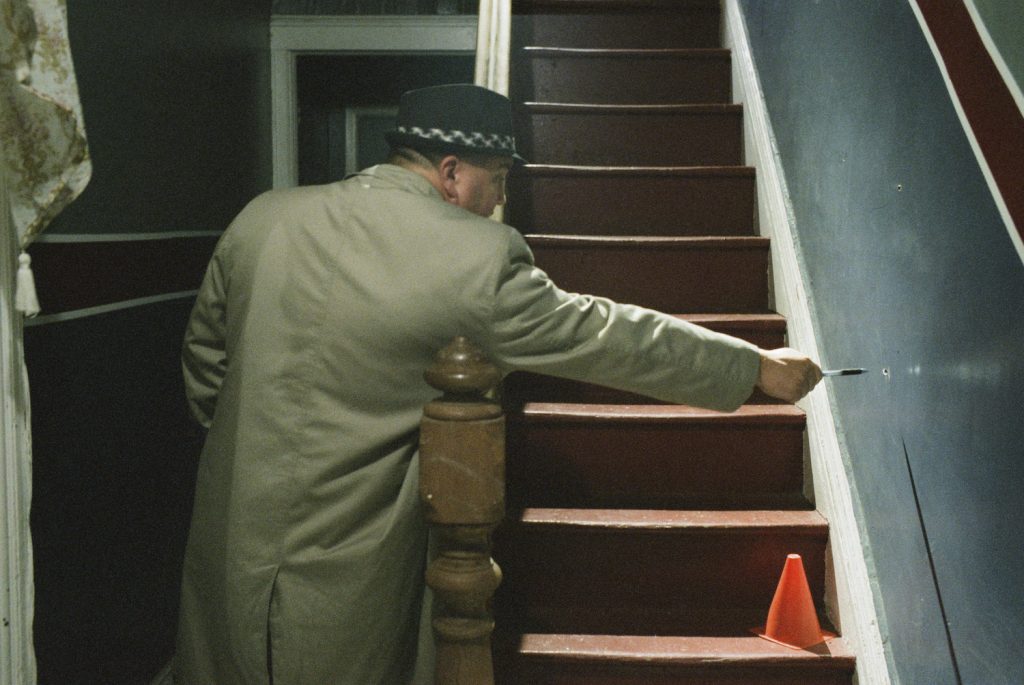
Photo: Theo Wenner. Courtesy of Rizzoli New York.
That’s an unsettling thought, that those in charge of solving murders might be taking cues from mass entertainment. One wouldn’t want their doctors seeking technical tips from Grey’s Anatomy, after all. But Wenner suggested there might be a practical angle too.
“I was talking to the detectives about that very question,” he said. “Witnesses and other people in these investigations that they talk to—they all know those shows. Everyone’s seen CSI or Law and Order. People [are] expecting a homicide detective to look a certain way. It almost allows them to do their job better.”
Still, with those shows, good and bad is always black and white, and more often than not, the moral compass points back at the police. Looming in the background of several of Wenner’s photographs is another symbol of that logic—and not a welcoming one: a big Blue Lives Matter flag hanging in the precinct.
See more photographs from Theo Wenner’s Homicide below.
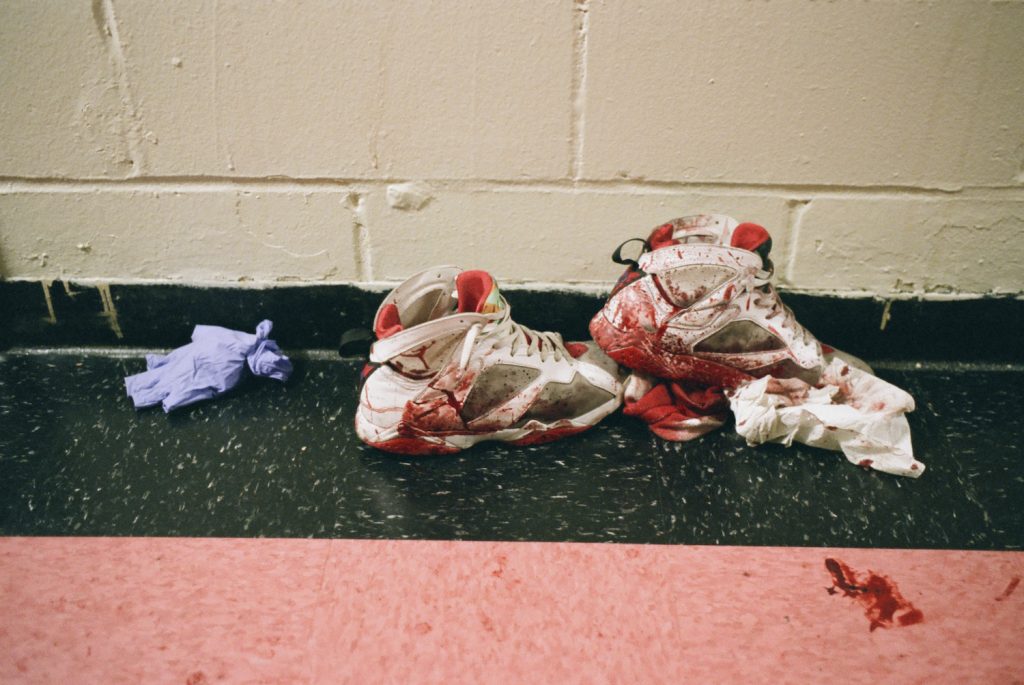
Photo: Theo Wenner. Courtesy of Rizzoli New York.
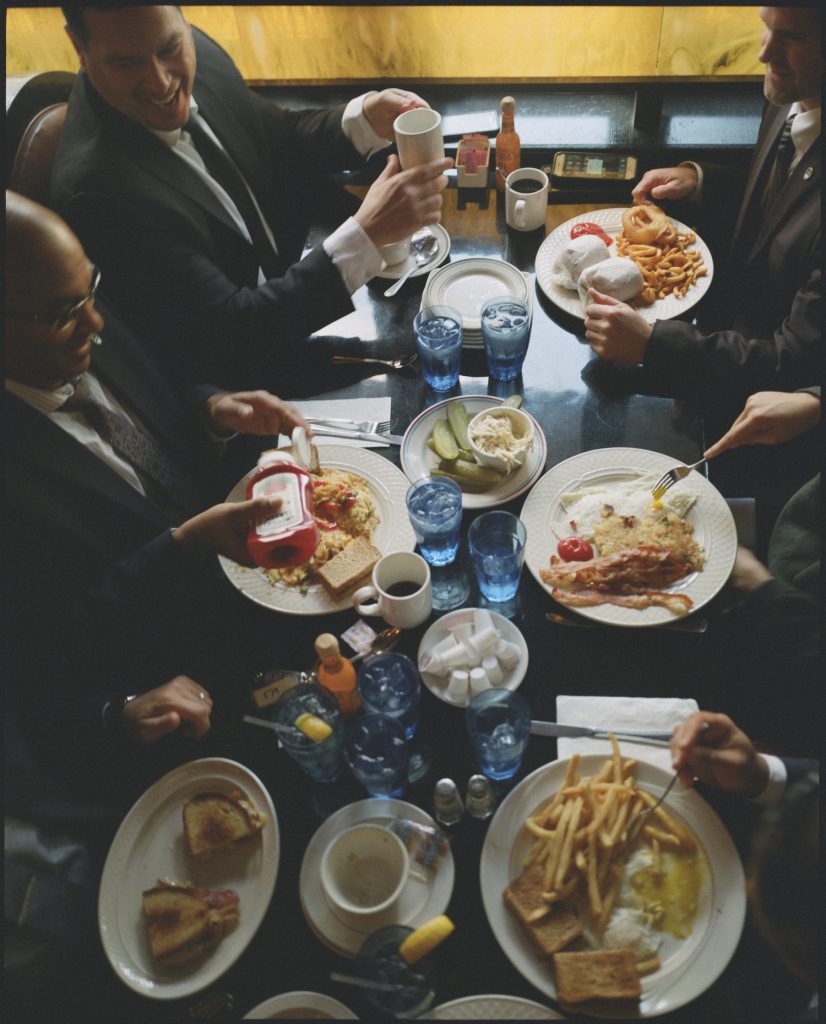
Photo: Theo Wenner. Courtesy of Rizzoli New York.
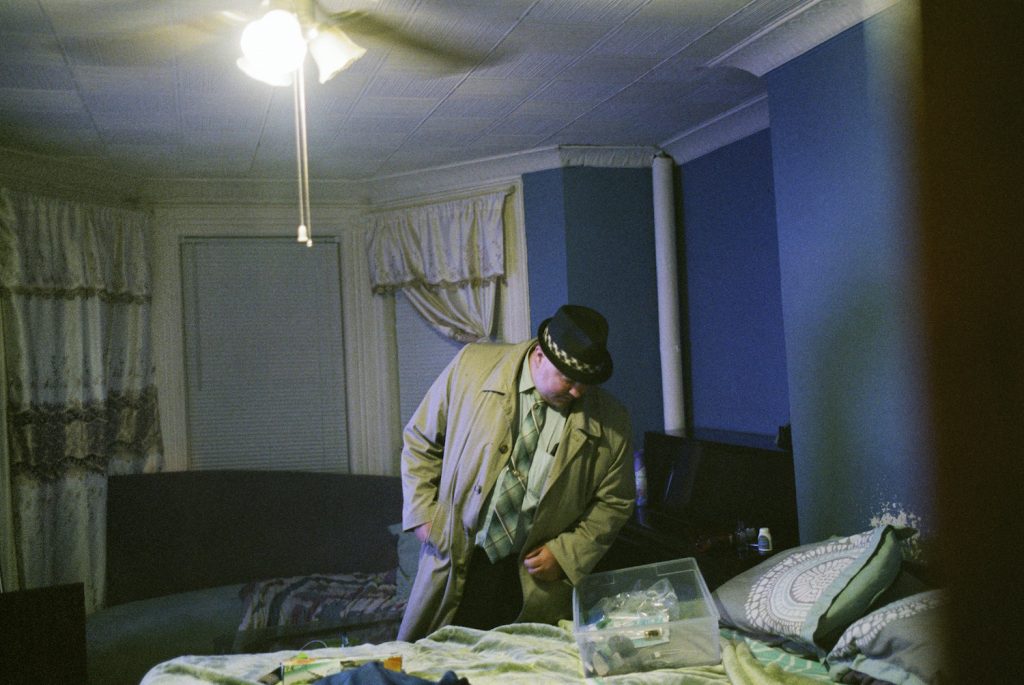
Photo: Theo Wenner. Courtesy of Rizzoli New York.

Photo: Theo Wenner. Courtesy of Rizzoli New York.
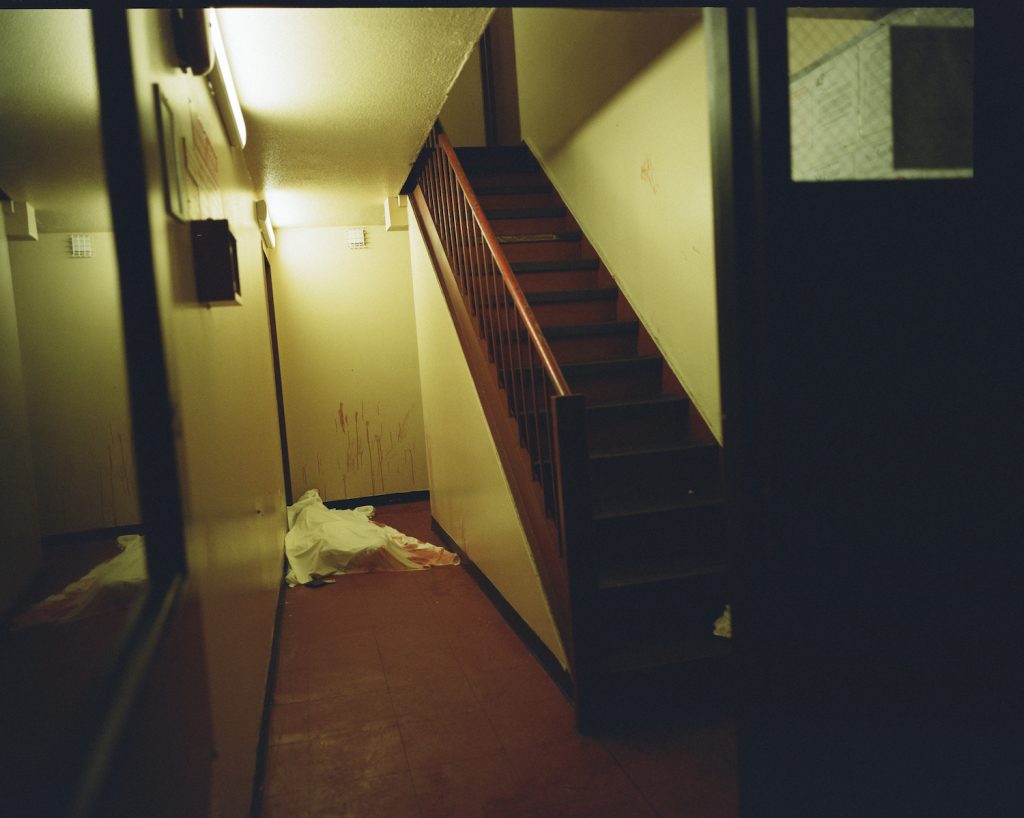
Photo: Theo Wenner. Courtesy of Rizzoli New York.
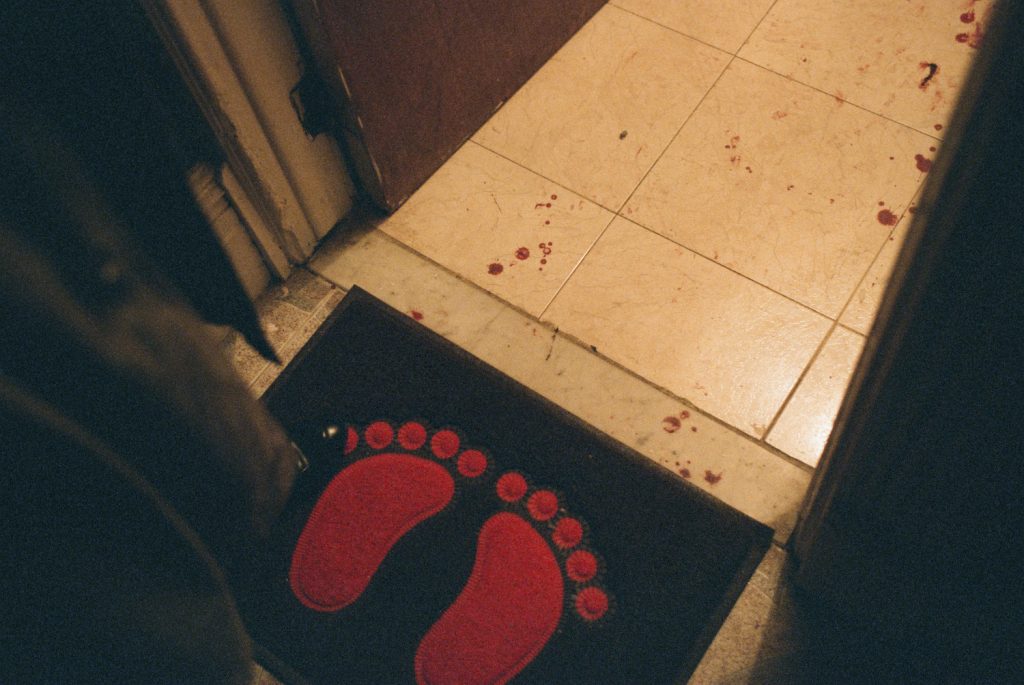
Photo: Theo Wenner. Courtesy of Rizzoli New York.
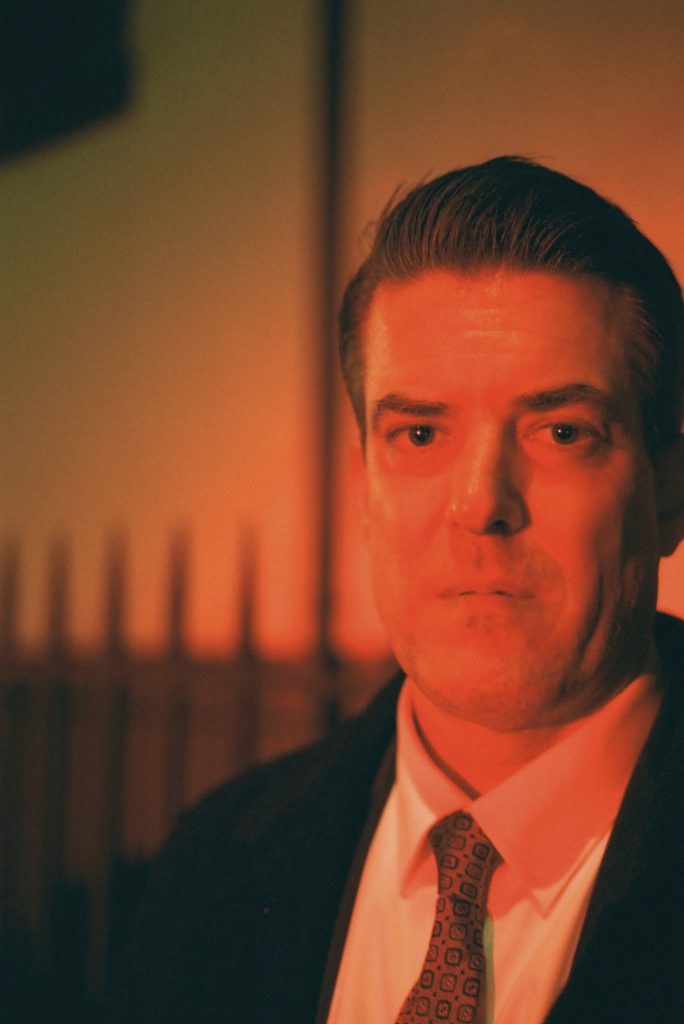
Photo: Theo Wenner. Courtesy of Rizzoli New York.
